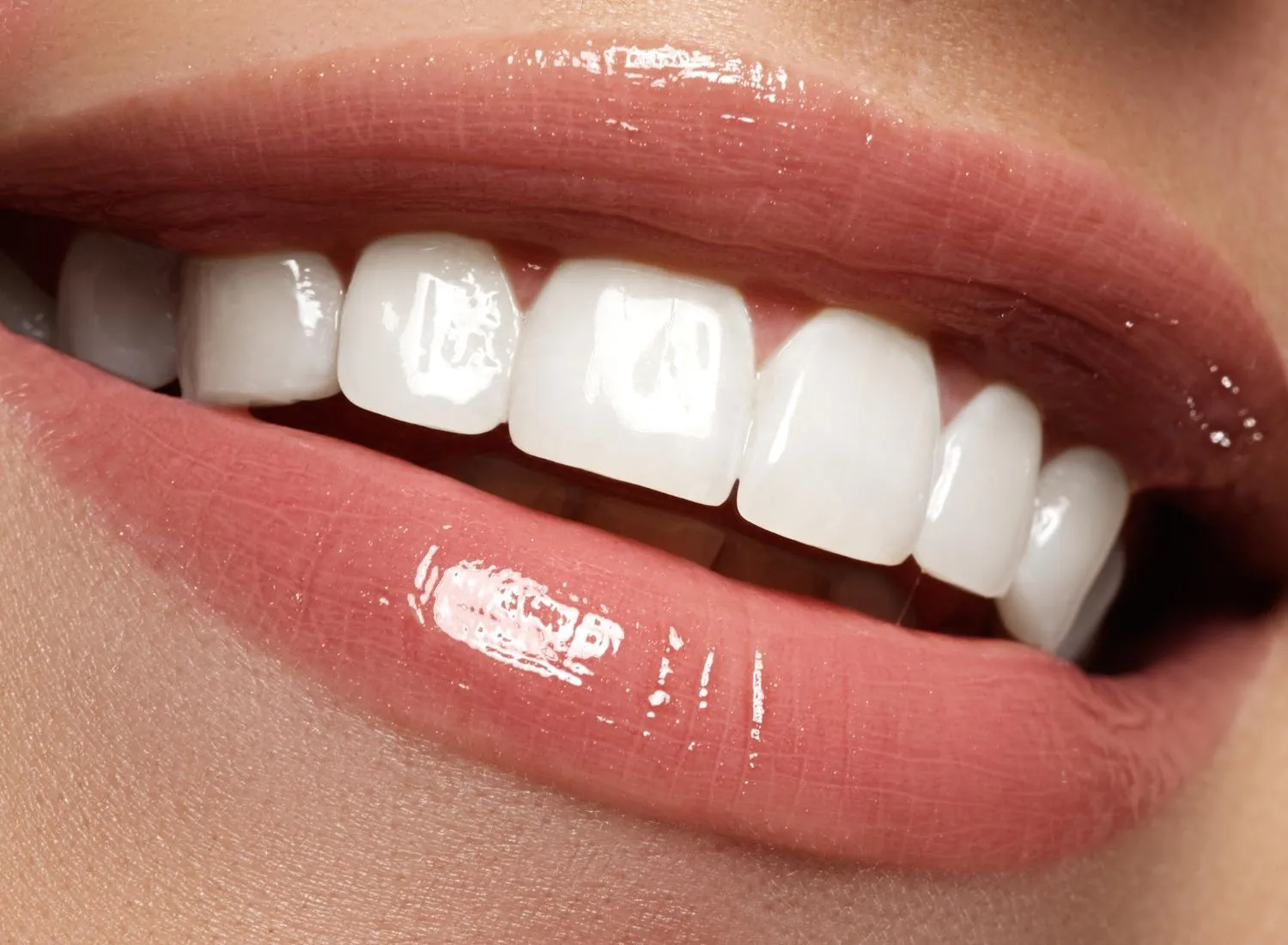Understanding Teeth Whitening for Estheticians
As an esthetician, incorporating teeth whitening services can significantly enhance your practice, offering clients a comprehensive approach to beauty and self-care. Teeth whitening is a popular cosmetic procedure that can dramatically improve a client’s smile and boost their confidence. It is crucial to understand the different types of teeth whitening treatments available and how they can be effectively integrated into your esthetician services. This guide will provide estheticians with essential information and actionable tips to confidently offer teeth whitening, ensuring both client satisfaction and professional success. This knowledge will empower estheticians to provide safe and effective teeth whitening services, creating happier clients and a thriving practice.
Types of Teeth Whitening Treatments
Understanding the different types of teeth whitening treatments is fundamental to providing informed and effective services. As an esthetician, you should be familiar with the various options available to your clients, including in-office treatments, take-home kits, and over-the-counter products. Each method has its advantages and disadvantages, so your ability to advise clients based on their individual needs and preferences is crucial. The goal is to match the best whitening method to the client’s needs, considering factors like their budget, the degree of staining, and their willingness to commit to the treatment. This understanding ensures you can deliver optimal results and maintain client satisfaction.
In-Office Whitening

In-office teeth whitening, also known as professional whitening, is a procedure performed by a trained esthetician or dental professional in a clinic setting. This method typically involves the application of a high-concentration bleaching agent, often containing hydrogen peroxide, to the teeth. The process usually takes about an hour, with immediate results visible after the treatment. The esthetician isolates the teeth and protects the gums before applying the whitening solution. Some systems use a special light to enhance the whitening process. In-office whitening offers significant advantages, including faster results and the ability to use stronger solutions. The esthetician can closely monitor the process, ensuring safety and effectiveness. This is usually the most expensive option, but clients often appreciate the immediate and dramatic transformation.
Take-Home Whitening
Take-home whitening kits provide a more gradual approach, allowing clients to whiten their teeth in the comfort of their homes. These kits typically include custom-fitted trays and a lower concentration of bleaching agent, often carbamide peroxide. Estheticians can create the custom trays after taking impressions of the client’s teeth. Clients wear the trays for a specified amount of time each day or night, depending on the instructions. Take-home kits offer flexibility and convenience, making them an excellent choice for clients who prefer a more gradual approach or have sensitive teeth. Estheticians must provide clear instructions and follow-up support to ensure the safe and effective use of these kits. The results are generally seen over a period of days or weeks, providing a more subtle but still noticeable improvement in tooth color.
Over-the-Counter Options
Over-the-counter (OTC) teeth whitening products are readily available at drugstores and supermarkets. These products include whitening strips, toothpastes, and gels. OTC products usually contain lower concentrations of bleaching agents than professional treatments, making them less potent and slower to produce results. Whitening strips are easy to use and can be applied directly to the teeth, while whitening toothpastes focus on removing surface stains. Although convenient and less expensive, OTC options may not be as effective for significant discoloration. Estheticians should be knowledgeable about these products and advise clients on their use, emphasizing realistic expectations and potential limitations. They can also suggest appropriate products based on the client’s needs and dental history. It’s important to note that these products may not be suitable for all clients, and estheticians should consider any potential risks or contraindications.
Essential Tips for Estheticians
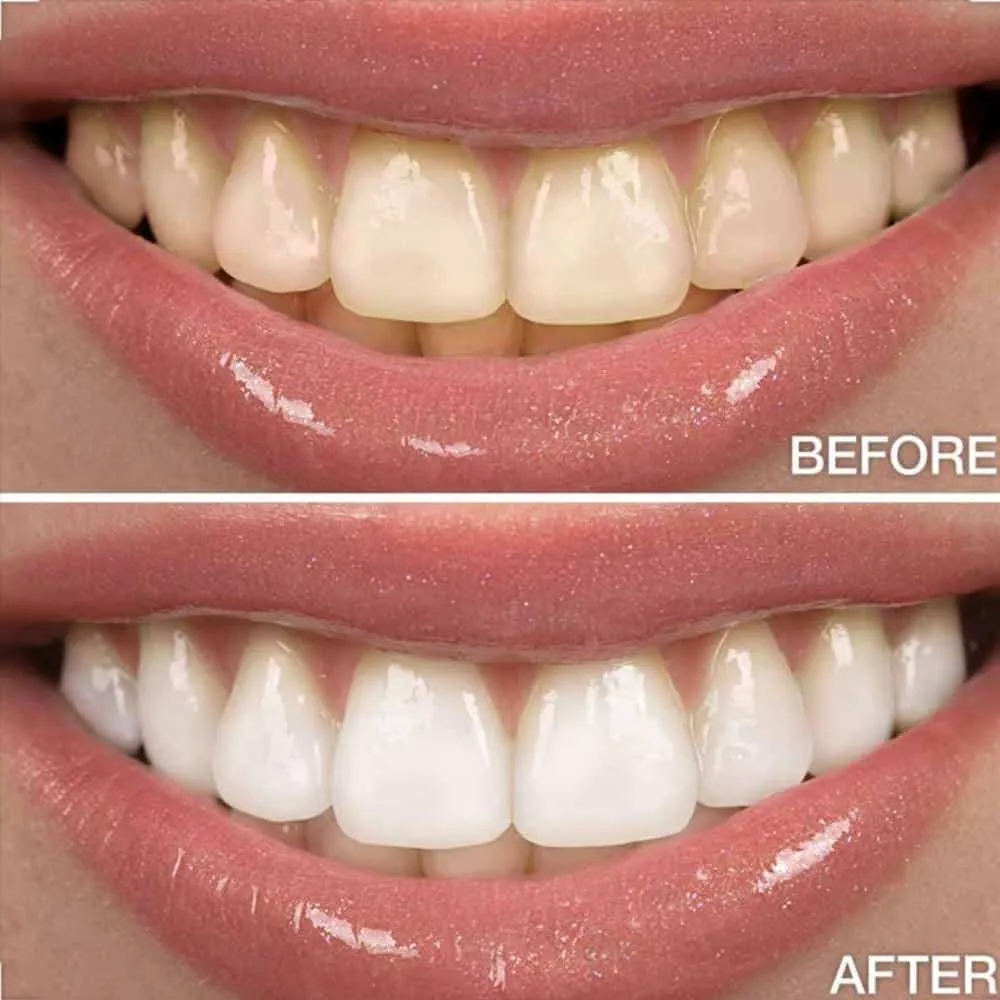
Providing successful teeth whitening services involves more than just knowing the treatment options; it requires a holistic approach that prioritizes client care, safety, and ethical practices. Estheticians should be well-versed in client consultations, product selection, application techniques, and aftercare. This section provides essential tips to help estheticians deliver excellent results and build a trusted reputation in the industry. By following these tips, you can ensure that your clients receive the best possible care and achieve their desired results. This includes building a strong foundation of knowledge, skills, and a commitment to client well-being.
Tip 1 Consultations and Client Assessment
A thorough consultation and assessment are the cornerstones of successful teeth whitening. Before any treatment, estheticians must conduct a detailed assessment of the client’s oral health, dental history, and aesthetic goals. This includes checking for existing dental work, such as fillings, crowns, or veneers, as these will not whiten with the bleaching agent. Understanding the client’s expectations and lifestyle habits, such as smoking or coffee consumption, is also vital. A comprehensive consultation involves reviewing the client’s medical history, evaluating the shade of their teeth, and explaining the different whitening options. This process not only ensures the client is a suitable candidate for teeth whitening but also helps set realistic expectations and establish trust. Proper documentation of the consultation is essential for legal and ethical considerations, documenting client consent and treatment plans. Consider taking photographs to show the before-and-after results. (See image esthetician-consultation.webp)
Tip 2 Choosing the Right Whitening System
Choosing the right teeth whitening system is crucial for achieving optimal results and client satisfaction. Estheticians should select products from reputable manufacturers and understand the ingredients and concentration of the bleaching agents. When choosing a system, consider the client’s specific needs and preferences. For example, clients with sensitive teeth may benefit from a lower concentration of bleaching agent or a desensitizing treatment. For clients with more significant discoloration, a stronger whitening system might be necessary. It’s important to offer a range of options, including in-office, take-home, and OTC products, to cater to different budgets and lifestyles. Understanding the various systems and their effectiveness allows estheticians to provide tailored recommendations, ensuring safe and effective treatments. Training and certifications from the system manufacturer will also add to the legitimacy and safety of the treatments.
Tip 3 Proper Application Techniques
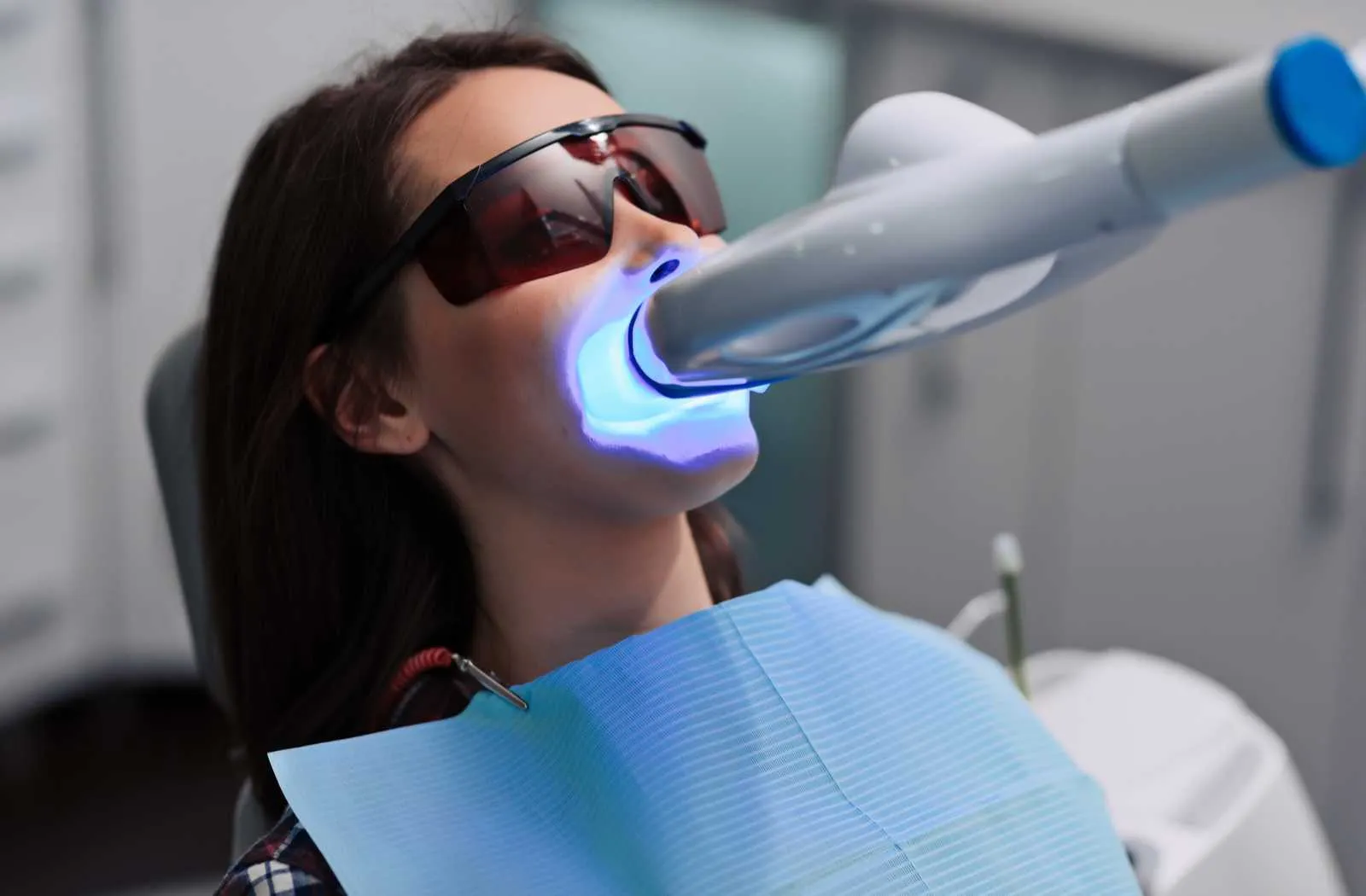
Proper application techniques are critical to the safety and effectiveness of teeth whitening treatments. Estheticians must strictly follow the manufacturer’s instructions for each product, ensuring the correct preparation, application, and removal processes. For in-office treatments, this includes protecting the gums and soft tissues with a protective barrier before applying the whitening agent. Accurate application is not only essential for achieving the best results but also for preventing potential side effects, such as gum irritation or tooth sensitivity. Estheticians should be trained to recognize and manage any adverse reactions that may occur during or after the treatment. Consistent and precise techniques enhance client safety and build confidence in your services. Careful attention to detail and precision are keys to providing a positive client experience. (See image teeth-whitening-application.webp)
Tip 4 Managing Client Expectations
Managing client expectations is a crucial aspect of providing teeth whitening services. Before beginning any treatment, estheticians should have open and honest conversations with clients about the potential results, the duration of the process, and any limitations. It is essential to explain that teeth whitening is not a permanent solution and that results may vary depending on individual factors, such as the type and severity of staining. Setting realistic expectations helps prevent disappointment and ensures client satisfaction. Provide clients with clear information about potential side effects, such as tooth sensitivity, and how to manage them. Providing examples of before-and-after photos of previous clients helps showcase what is possible. Emphasize the importance of maintaining good oral hygiene and avoiding foods and drinks that can stain teeth to prolong the whitening effects. A well-informed client is a satisfied client.
Tip 5 Aftercare Instructions and Maintenance
Comprehensive aftercare instructions are vital for maximizing the results of teeth whitening and maintaining a bright, healthy smile. Estheticians should provide clients with detailed guidelines on how to care for their teeth after the treatment, including what foods and drinks to avoid to prevent staining. Educate clients on the importance of good oral hygiene practices, such as brushing twice a day, flossing daily, and using a fluoride toothpaste. Suggest that clients avoid smoking or using tobacco products, as these can significantly impact the longevity of the whitening results. Consider recommending maintenance products, such as whitening toothpastes or touch-up kits, to help clients maintain their bright smiles. Regularly scheduled follow-up appointments can help monitor progress and address any concerns or questions. Thorough aftercare instructions contribute to client satisfaction and the long-term success of the teeth whitening treatment.
Legal and Ethical Considerations
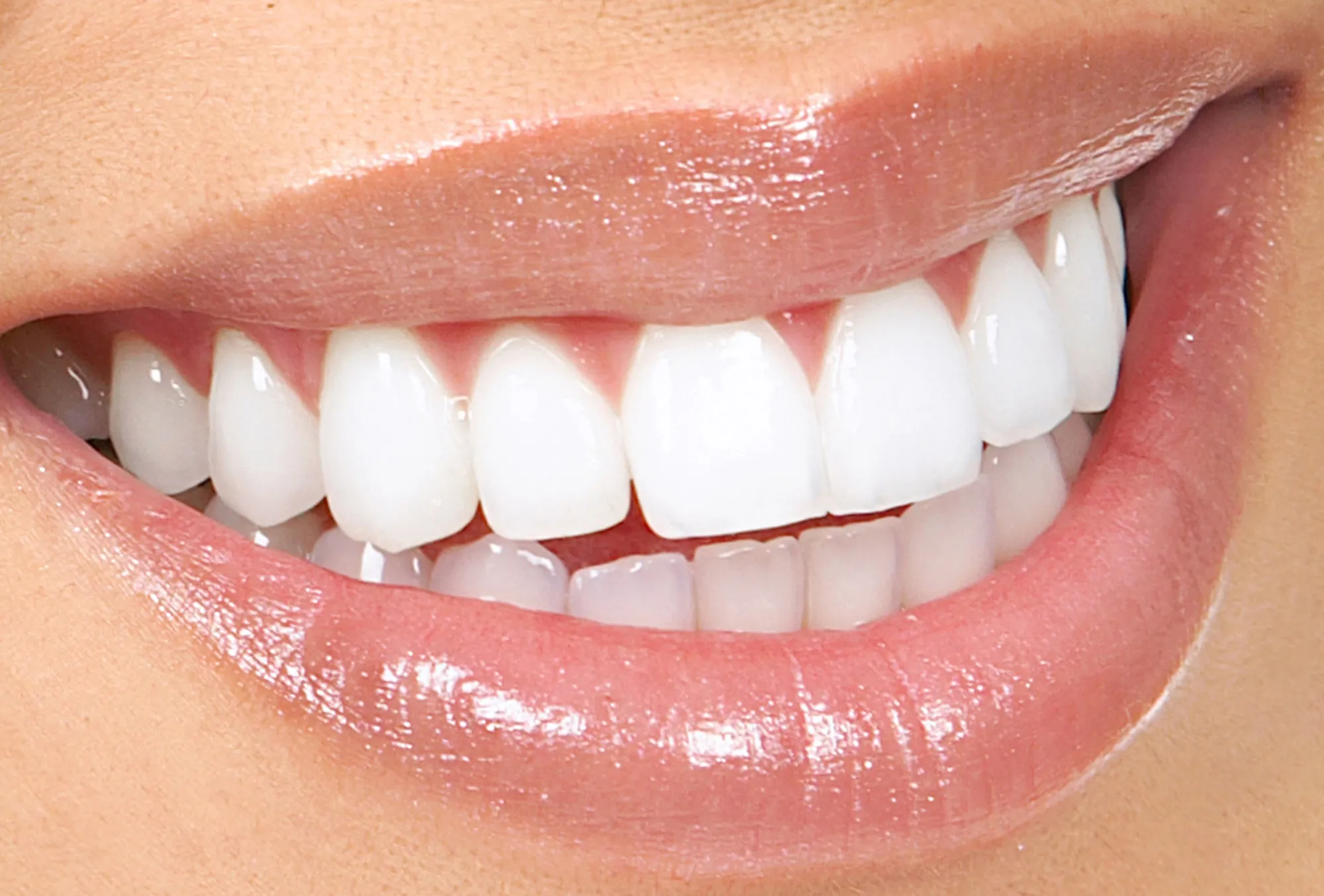
Adhering to legal and ethical standards is essential for any esthetician offering teeth whitening services. Understanding the regulations and guidelines in your area ensures that you provide safe and compliant services while protecting both your practice and your clients. This section outlines critical considerations for navigating the legal landscape and maintaining the highest ethical standards in your practice. A commitment to these principles builds trust and promotes the long-term success of your business.
Licensing and Regulations
Understanding the specific licensing requirements and regulations related to teeth whitening in your state or region is crucial for legal compliance. These requirements can vary, so it’s essential to research and adhere to local laws. Some areas may require estheticians to work under the supervision of a licensed dental professional, while others may allow independent practice. Ensure that you are properly licensed and certified to perform teeth whitening services. Maintain up-to-date knowledge of any changes in regulations and participate in continuing education to stay informed. Compliance with all relevant regulations is necessary to avoid legal issues and maintain your professional standing.
Client Safety and Liability
Prioritizing client safety is paramount when offering teeth whitening services. Estheticians must conduct thorough health assessments to identify potential risks, such as existing dental conditions or allergies. Use only FDA-approved products and strictly follow the manufacturer’s instructions to minimize the risk of adverse reactions. Obtain informed consent from clients before any treatment, clearly explaining the potential risks, benefits, and alternatives. Have adequate insurance coverage to protect yourself from liability in case of complications. Implement safety protocols, such as protective eyewear for both the esthetician and the client. Maintain detailed records of client consultations, treatments, and aftercare instructions. A commitment to client safety builds trust, reduces legal risks, and reinforces your professionalism.
Marketing Teeth Whitening Services
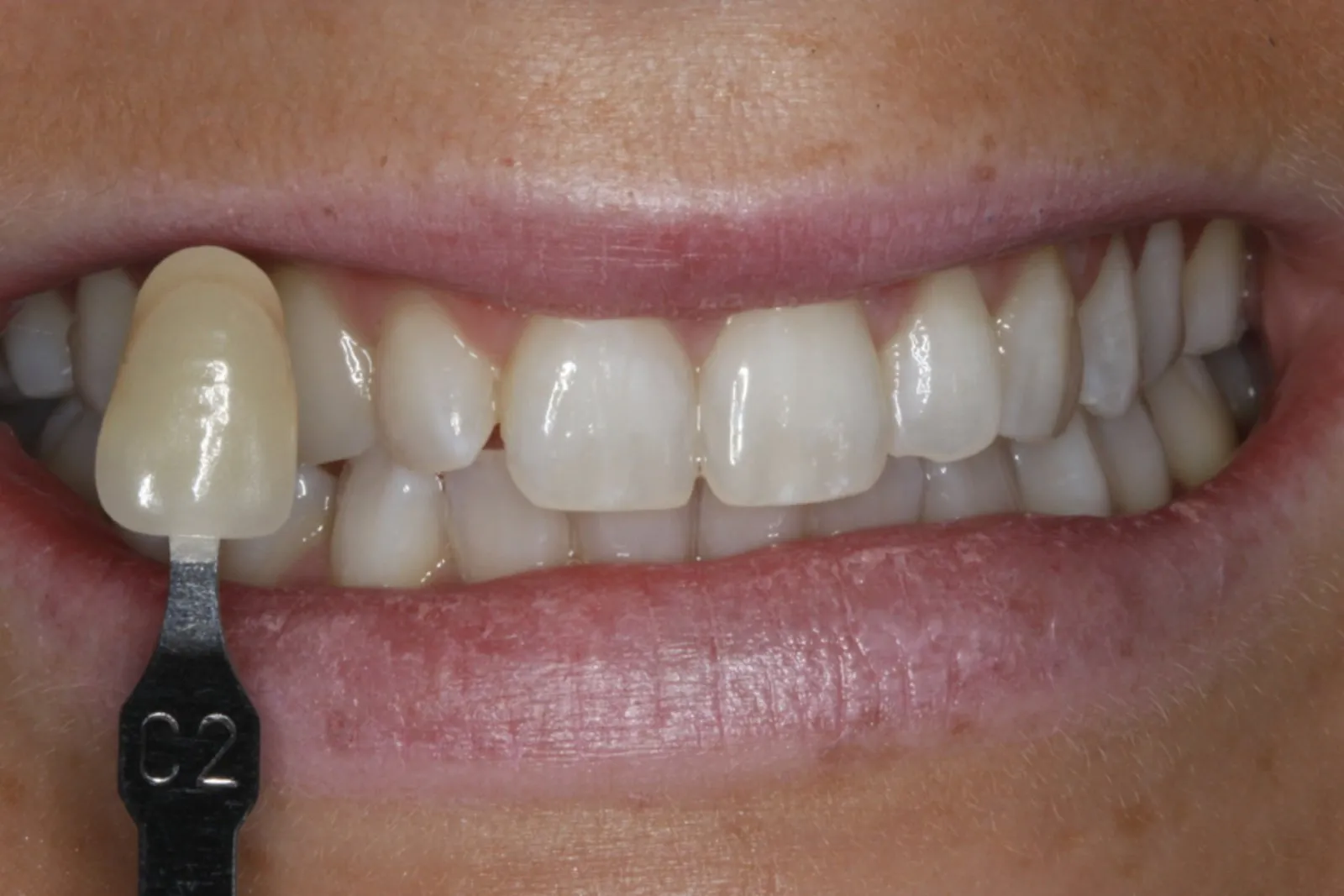
Effective marketing is essential for attracting clients and building a successful teeth whitening practice. Estheticians can use various strategies to promote their services, reach potential clients, and establish a strong brand presence. This section outlines practical marketing tips to help estheticians build a thriving business. From promoting your services to developing pricing strategies, building trust, and providing excellent service, this section is geared to get you started. By using targeted marketing strategies, you can reach your target audience and successfully grow your teeth whitening practice.
Promoting Your Services
To effectively promote your teeth whitening services, consider a multi-faceted approach that includes both online and offline marketing strategies. Develop a professional website that showcases your services, testimonials, and before-and-after photos. Utilize social media platforms like Instagram and Facebook to share informative content, promote special offers, and engage with potential clients. Run targeted advertising campaigns on social media and search engines to reach a wider audience. Build partnerships with local dental practices, spas, and beauty salons to cross-promote services. Offer promotional packages and discounts to attract new clients and incentivize repeat business. Invest in professional-quality marketing materials, such as brochures and flyers, to distribute in your local area. Participate in community events and health fairs to increase brand visibility. (See image teeth-whitening-marketing.webp)
Pricing Strategies
Developing a competitive and profitable pricing strategy is essential for the success of your teeth whitening services. Research the pricing of similar services in your area to establish a benchmark. Consider the cost of materials, equipment, and labor when determining your prices. Offer a range of pricing options to cater to different budgets and preferences, such as individual sessions, packages, and maintenance treatments. Promote the value of your services by highlighting the benefits of teeth whitening, such as improved confidence and a brighter smile. Offer discounts for new clients or referral programs to incentivize growth. Periodically review and adjust your pricing strategy to remain competitive and profitable. Create a transparent pricing structure that clearly outlines the cost of each service and any additional fees. Ensure your pricing is reflective of the quality of your services and the value you provide.
Building Client Trust and Loyalty

Building trust and loyalty is vital for creating a successful and sustainable teeth whitening practice. When clients trust you, they are more likely to return for future services and recommend your practice to others. This section offers strategies to help estheticians build and maintain strong client relationships. By focusing on exceptional service, clear communication, and a commitment to client satisfaction, estheticians can create a loyal client base.
Providing Exceptional Customer Service
Providing exceptional customer service is the cornerstone of building client trust and loyalty. Create a welcoming and comfortable environment for your clients. Greet each client with a friendly and professional demeanor. Listen attentively to their concerns and goals. Offer personalized recommendations and tailor your services to meet their individual needs. Be punctual, organized, and efficient during appointments. Communicate clearly and honestly throughout the treatment process. Go the extra mile to exceed client expectations and provide a memorable experience. Follow up with clients after their treatment to check on their satisfaction and address any concerns. Demonstrate genuine care for your clients and their well-being, and build long-lasting relationships based on trust and respect. The more you care, the more your clients will care about returning.
Follow-Up and Reviews
Following up with clients after their teeth whitening treatment demonstrates your commitment to their satisfaction and helps build lasting relationships. Send a follow-up email or text message to check on their experience and address any questions or concerns. Encourage clients to leave reviews on your website, social media pages, or online directories. Positive reviews help build your reputation and attract new clients. Respond to both positive and negative reviews promptly and professionally. Use feedback to improve your services and address any issues. Offer incentives for referrals to encourage existing clients to recommend your practice to their friends and family. Regularly monitor online reviews and feedback to understand client satisfaction and make any necessary adjustments to your services. By prioritizing client satisfaction and actively seeking feedback, you can create a thriving teeth whitening practice that clients trust and recommend.
In conclusion, teeth whitening services can be a valuable addition to an esthetician’s practice, providing clients with a popular and effective way to enhance their smiles. By understanding the different treatment options, adhering to legal and ethical standards, and implementing effective marketing strategies, estheticians can build a thriving business. Prioritizing client consultations, proper application techniques, and aftercare instructions is key to delivering positive results and building client trust and loyalty. As an esthetician, embracing these strategies will not only help you succeed in offering teeth whitening but also contribute to your clients’ overall satisfaction and well-being.
